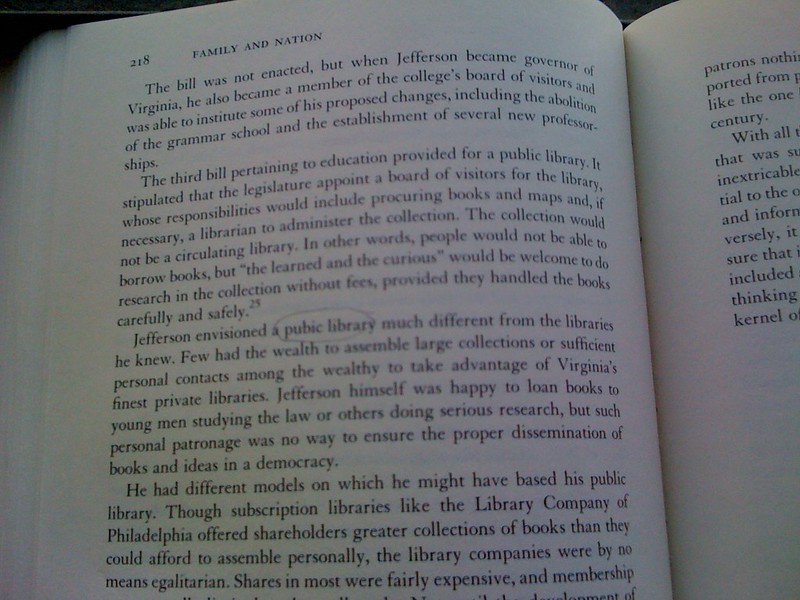Hitler: Diagnosis of a Destructive Prophet by Fritz Redlich, M.D. Recommended.
In Hitler: Diagnosis of a Destructive Prophet, psychiatrist Fritz Redlich, a Jewish contemporary, attempts to determine how physical ailments and mental disorders may have affected and influenced the Nazi leader.
This type of work, known as a “pathography,” has no set or determined structure. In the first part, Dr. Redlich describes “Hitler’s Life from Birth to Death,” including such topics as “Entry into Politics,” “Ascent to Power,” and “Warlord.” The second part, “Review, Comments, and Interpretations,” delves into more detail about the medical and psychological issues brought up in the first section.
This first part is the more problematic one. Dr. Redlich is not a historian and is not equipped to present or interpret history, especially history as fraught with the unknowns, distortions, and lies that surround Hitler. For example, he refers to the “billy goat story” several times. He notes that Hitler was not known to be cruel to animals as a child, except for the “dubious” billy goat story — a highly unlikely story of questionable origin that no historian would cite as an exception, even with the “dubious” qualifier.
He also discusses Geri Raubal’s death but provides no insight into what actually happened or how Hitler reacted to it. He briefly discusses a few innuendoes that Raubal was murdered, but there is nothing here — about a critical moment in Hitler’s psychological life — that is not covered more thoroughly and carefully in other books (Ron Rosenbaum’s Explaining Hitler: The Search for the Origins of His Evil, for example). On the other hand, there is sometimes too much detail about Himmler, Goebbels, et. al, which does not particularly relate to Hitler, his health, his psychology, or his actions. Indeed, much of the first section could have been eliminated as it often provides irrelevant information or biographical detail that is explored better in Hitler biographies and Nazi and WWII histories.
In the second part, Dr. Redlich attempts to diagnose Hitler, based on the scant and unreliable information available. He dismisses diagnoses when there is too little evidence or the known symptoms are inconclusive, although given that there is so little information and that neither Hitler nor anyone surrounding him is a reliable source, it is still primarily speculation. Dr. Redlich does conclude that Hitler had Parkinson’s syndrome, of unknown etiology, although at one point he mistakenly refers to it as Parkinson’s disease. He also provides a plausible explanation for Hitler’s headaches.
In his discussion of Hitler’s psychology, Dr. Redlich covers anxiety, depression, sexuality, and other obvious topics (often inconclusively) as well as such things as his lies and ambivalence. Again, there is nothing conclusive to say; many of these questions are still hotly debated by Hitler scholars (for example, whether he believed or came to believe his own fabrications).
The question of cruelty is an interesting one. It’s easy to say that Hitler was cruel, given the death, destruction, persecution, and torture he wrought against dissenting Nazi Party members, Gypsies, Jews, and others. This gets short shrift in Dr. Redlich’s analysis, because it’s not clear that Hitler was cruel in the conventional way many of us might think. Someone who gains pleasure from kicking a dog or witnessing the kicking of a dog is clearly cruel — but generally Hitler did not directly participate in or even witness what was happening in the concentration camps. He kept his distance from it. More discussion of such detached cruelty and distancing, with real-life examples, might be useful.
The reader does learn a great deal about the mundane details of Hitler’s health (including his ongoing problems with flatulence, which Dr. Redlich does not quite connect to his vegetarian diet), about the doctors who treated him, and about some of the medical practices still used in the 1940s (including leeches).
Dr. Redlich’s ultimate diagnosis of Hitler is one that few lay persons would recognize; it is part of the title. Hitler saw morality simplistically in black-and-white terms, he believed he’d been chosen by a higher power to do what he did (and was afraid he would not live long enough to accomplish it), and found a convenient scapegoat (the Jews) around whom to rally his followers. This is a cautionary tale that is especially relevant in today’s international political arena.
It’s important to note that Dr. Redlich’s effort could have been more condensed and focused. In addition, he is not a writer and fails to make what are necessary paragraph breaks to large chunks of text with multiple subjects (as does his editor).
Given how little is known of Hitler and how much of his own history he falsified, it would have been difficult to have produced a definitive work. Dr. Redlich honestly describes his personal reasons for writing Hitler: Diagnosis of a Destructive Prophet, which ultimately is not a particularly significant contribution to the Hitler literature. Those who wish to try to understand every aspect of Hitler’s life (including his flatulence and bad teeth) or who wish to recognize political paranoia wherever it rages may find this a must-read.
7 November 2004
Copyright © Diane L. Schirf

